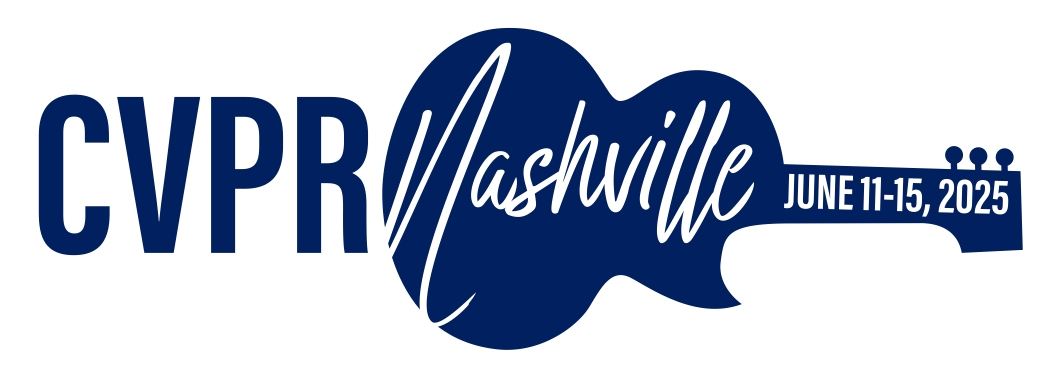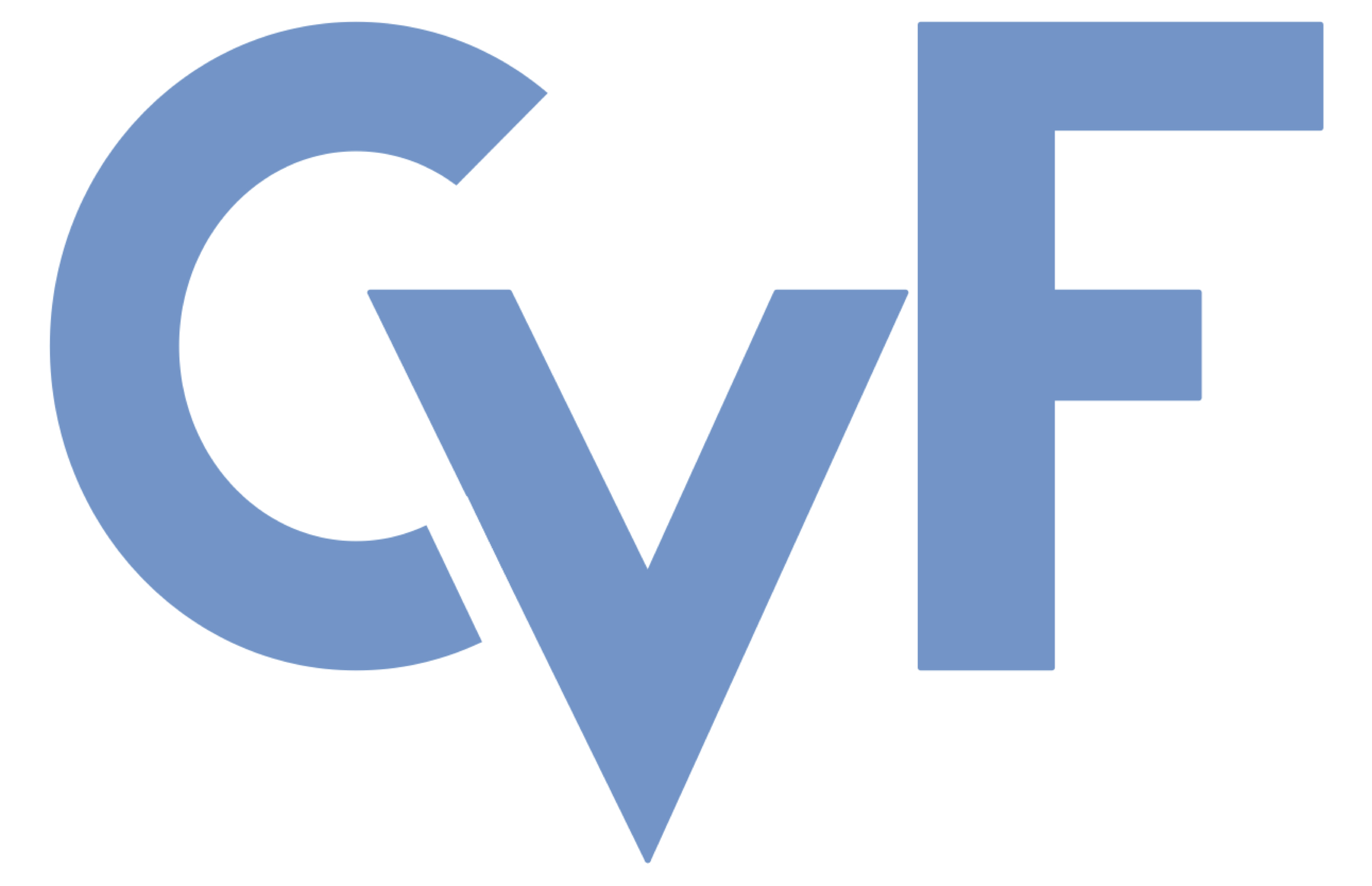-
[pdf]
[supp]
[bibtex]@InProceedings{Li_2025_CVPR, author = {Li, Yiheng and Yang, Yang and Tan, Zichang and Liu, Huan and Chen, Weihua and Zhou, Xu and Lei, Zhen}, title = {Unleashing the Potential of Consistency Learning for Detecting and Grounding Multi-Modal Media Manipulation}, booktitle = {Proceedings of the Computer Vision and Pattern Recognition Conference (CVPR)}, month = {June}, year = {2025}, pages = {9242-9252} }
Unleashing the Potential of Consistency Learning for Detecting and Grounding Multi-Modal Media Manipulation
Abstract
To tackle the threat of fake news, the task of detecting and grounding multi-modal media manipulation (DGM4) has received increasing attention. However, most state-of-the-art methods fail to explore the fine-grained consistency within local content, usually resulting in an inadequate perception of detailed forgery and unreliable results. In this paper, we propose a novel approach named Contextual-Semantic Consistency Learning (CSCL) to enhance the fine-grained perception ability of forgery for DGM^4. Two branches for image and text modalities are established, each of which contains two cascaded decoders, i.e., Contextual Consistency Decoder (CCD) and Semantic Consistency Decoder (SCD), to capture within-modality contextual consistency and across-modality semantic consistency, respectively. Both CCD and SCD adhere to the same criteria for capturing fine-grained forgery details. To be specific, each module first constructs consistency features by leveraging additional supervision from the heterogeneous information of each token pair. Then, the forgery-aware reasoning or aggregating is adopted to deeply seek forgery cues based on the consistency features. Extensive experiments on DGM4 datasets prove that CSCL achieves new state-of-the-art performance, especially for the results of grounding manipulated content. Codes and weights are avaliable at https://github.com/liyih/CSCL.
Related Material





